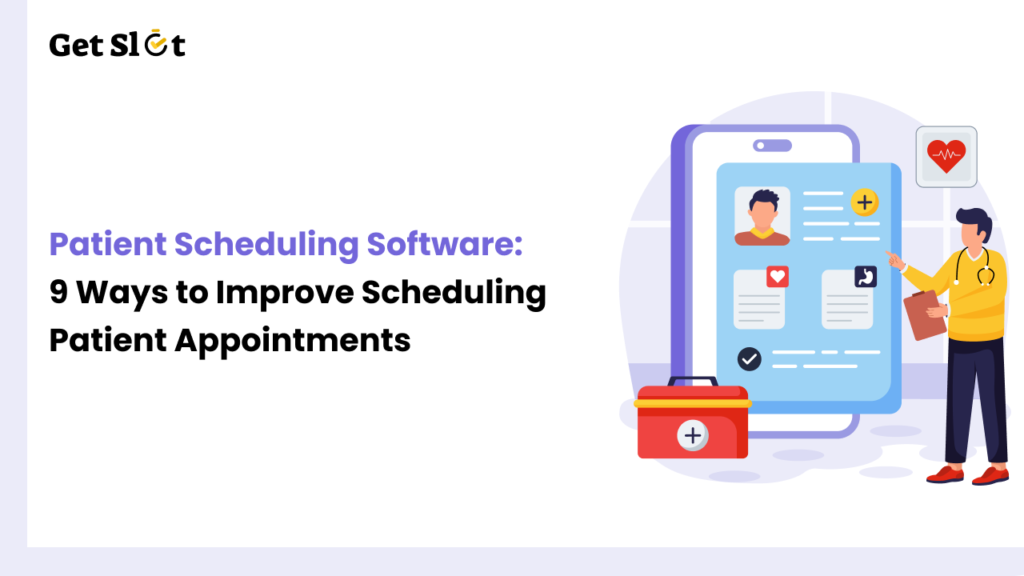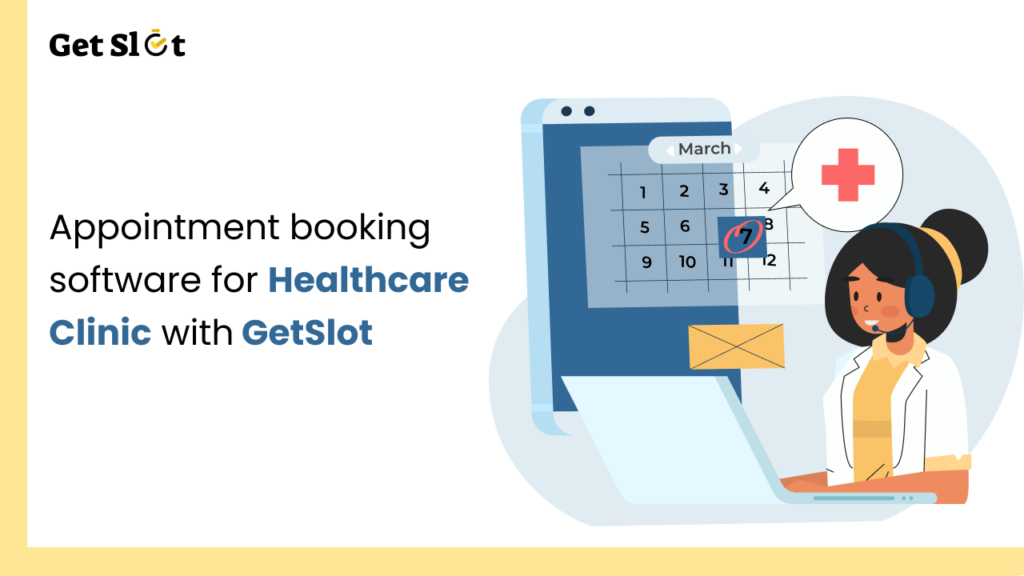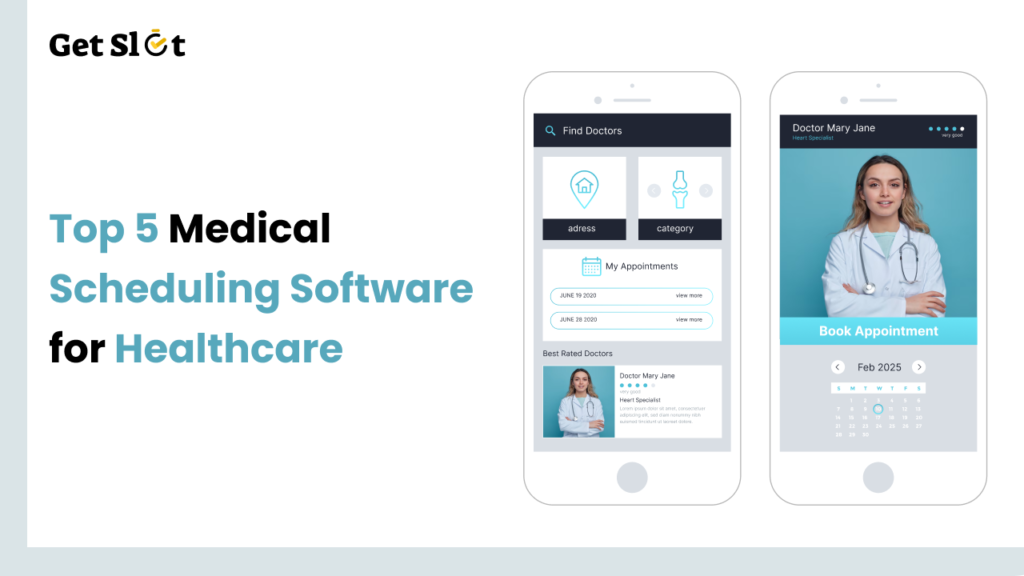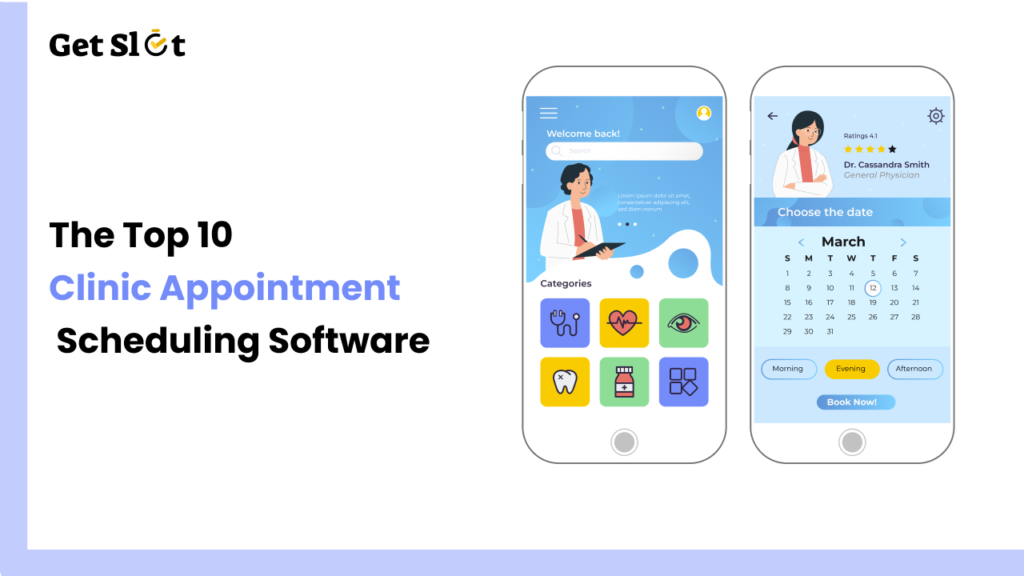Properly scheduling patient appointments is essential for healthcare professionals. Long wait times, missed appointments, and unhappy patients might result from an inefficient Patient Scheduling Software. Software used for patient scheduling facilitates process simplification, improving patient satisfaction and allocating resources as efficiently as possible.
This article goes over nine strategies for better patient appointment scheduling which make the most of cutting-edge technologies along with business best practices.
1. Use Automated Appointment Reminders
Reduce No-Shows
One of the biggest issues affecting medical professionals is missed appointments. No-show rates can be significantly reduced by using AI in appointment scheduling software for automated reminders. You can send reminders using:
- SMS
- Phone calls
Customizable Reminder Options
Allow patients to choose their preferred reminder method in order to boost response rates. In addition to assisting individuals prepare for their journeys, it boosts involvement.
2. Offer Online Booking
24/7 Accessibility
Through online booking, patients may make their own appointments at any time without visiting the clinic. Software for scheduling patients which permits online booking:
- Reduces administrative burden.
- Improves patient contentment
- Decreases the likelihood of mistakes in scheduling
Real-Time Availability
In order to minimize double booking, patients can browse available slots in real time and choose the time that works best for them.
3. Implement a Self-Check-In System
Reduce Waiting Time
The registration procedure speeds up with a registering yourself system. Patients can use the following to check in:
- Kiosks
- Mobile apps
- QR codes
Minimize Administrative Burden
Employees at the reception may focus on essential tasks rather than manually processing every single check-in.
4. Enable Waitlist Management
Fill Canceled Appointments Quickly
A waiting system enables the efficient utilization of cancelled spaces. If the instance that a scheduled time is canceled, a program can:
- Inform patients on the queue automatically
- Make time slots accessible for rescheduling
Increase Appointment Utilization
This ensures that most appointments are scheduled every day.
More updated for: Top 10 clinic appointment scheduling software
5. Use Patient Data for Better Scheduling
Identify Peak Hours
It is possible to determine periods of high activity through examining previous appointment data. As result, hospitals can:
- Allocate more staff during peak hours
- Optimize resource planning
Improve Time Slot Allocation
The application may suggest simpler times for different procedures through tracking appointment dimensions.
6. Integrate Telehealth Appointments
Expand Accessibility
If a personal visit is not necessary, patients can schedule online appointments using telehealth features in patient scheduling software.
Reduce In-Person Traffic
For patients who are unable to visit the clinic, this provides convenience while helping in better physical space administration.
7. Implement Multi-Location Scheduling
Centralized Appointment Management
When a multi-location scheduling system is combined, healthcare providers with multiple locations can:
- Permit patients to select the clinic of their choice.
- Minimize conflicts in scheduling
- Ensure that the facilities are allocating resource more effectively.
Improve Patient Choice
Patients can schedule appointments in least busy or nearby location, leading to convenience.
8. Ensure Secure and Compliant Scheduling
Protect Patient Data
In order to maintain secrecy when arranging appointments, security is essential. The program must adhere to:
- HIPAA (Health Insurance Portability and Accountability Act)
- GDPR (General Data Protection Regulation)
Role-Based Access Control
Security is maintained by restricting utilization of information about scheduling based on roles assigned to users.
9. Choose the Right Scheduling Software
Features to Look for
Make sure that the medical scheduling software your choose has the following features:
- Automated reminders
- Online booking
- Waitlist management
- Multi-location support
- Integration with electronic health records (EHR)
Example: Getslot
For effective patient appointment scheduling, Getslot is an example of a scheduling system. It has features like multi-location management, automated reminders, and easy healthcare integration with services.
Conclusion
For doctors and nurses to reduce no-shows, improve patient satisfaction, and maximize assets, efficient patient appointment scheduling is essential. Scheduling effectiveness can be increased by setting up tools like queue management, telehealth integration, automated reminders, and online booking. Choosing the best patient scheduling software ensures efficient workflow and a better experience for healthcare workers as well as patients together.
FAQs
1. What is patient scheduling software?
An electronic application called patient scheduling software helps medical professionals in properly managing and planning patient appointment scheduling.
2. How does appointment scheduling software reduce no-shows?
For helping patients remember their scheduled appointments, the software automatically notifies them via phone, email, or SMS.
3. Can scheduling software handle multiple locations?
The capacity to schedule appointments at many locations of a medical professional is made possible by an extensive range of patient scheduling software applications.
4. Is online booking available in patient scheduling software?
Online booking is available on the vast majority of modern appointment scheduling systems, enabling users to make appointments at any time.
5. How does waitlist management improve scheduling efficiency?
In order to fill cancelled appointments and reduce empty slots, waitlist management notify customers when an earlier opening becomes available.



